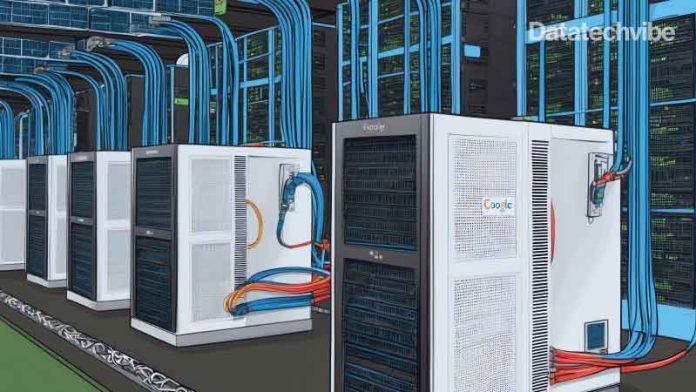HPE said the architecture includes an integrated network fabric design and an open design to offer flexibility of choice in accelerators.
Hewlett Packard Enterprise (HPE) has introduced a new liquid cooling architecture.
The company announced what it said was the industry’s first 100% fanless direct liquid cooling (DLC) systems architecture.
Introduced at HPE’s Innovation Center during its AI Day, the company said the new architecture was designed to enhance the energy and cost efficiency of large-scale AI deployments. Benefits reportedly include a 37% reduction in cooling power required per server blade, when compared to hybrid direct liquid cooling alone.
“As organisations embrace the possibilities created by generative AI, they also must advance sustainability goals, combat escalating power requirements, and lower operational costs,” said Antonio Neri, President and CEO of HPE.
“The architecture we unveiled today uses only liquid cooling, delivering greater energy and cost-efficiency advantages than the alternative solutions on the market. In fact, this direct liquid cooling architecture yields 90 percent reduction in cooling power consumption as compared to traditional air-cooled systems. HPE’s expertise deploying the world’s largest liquid-cooled IT environments and our market leadership spanning several decades put us in excellent position to continue to capture AI demand.”
The system architecture features an 8-element cooling design that includes liquid cooling for the GPU, CPU, full server blade, local storage, network fabric, rack/cabinet, pod/cluster, and coolant distribution unit (CDU).
HPE said the architecture includes an integrated network fabric design and an open design to offer flexibility of choice in accelerators.
In a further brochure, HPE said it has previously used fanless Direct Liquid Cooling for its Cray EX supercomputing systems; this method pumps cooling fluid through cold plates through the GPUs, CPUs, memory, and rectifiers eliminating the need for fans. Switches and interconnects in these systems are also water-cooled.
The company said its all-liquid Cray EX cabinet architecture can support chips in excess of 500W.









